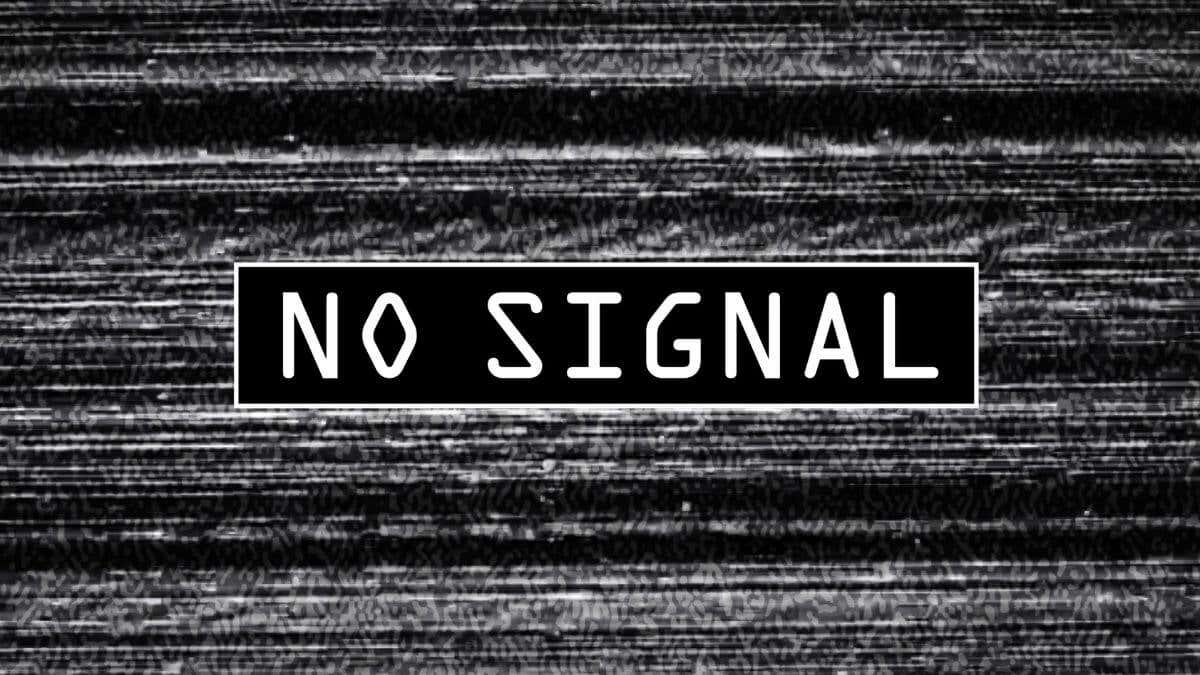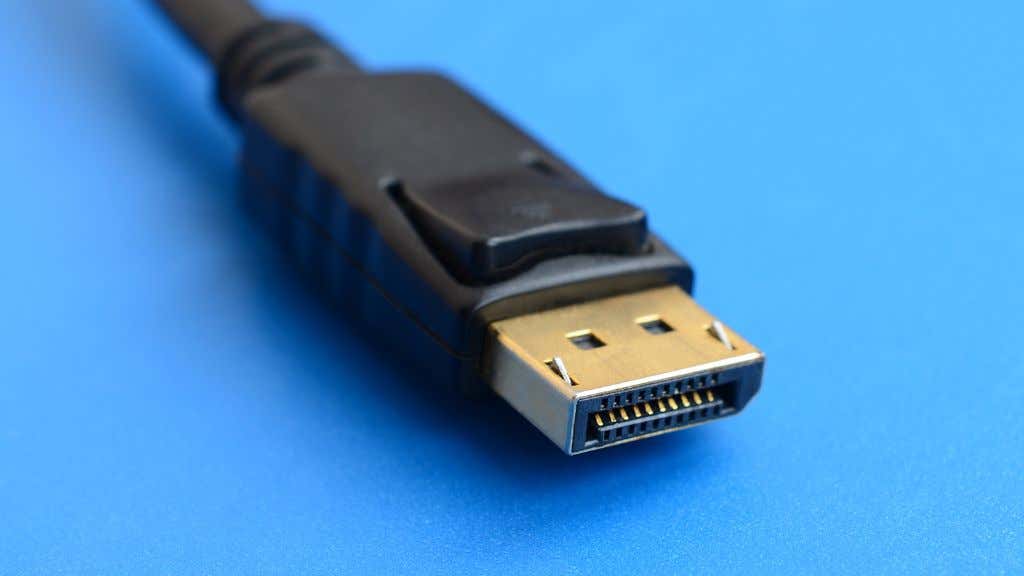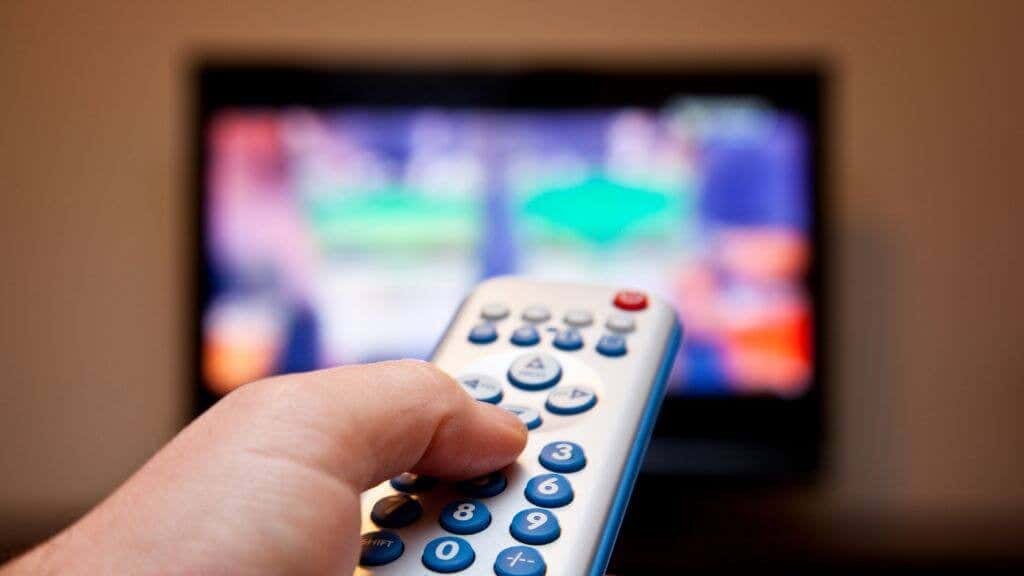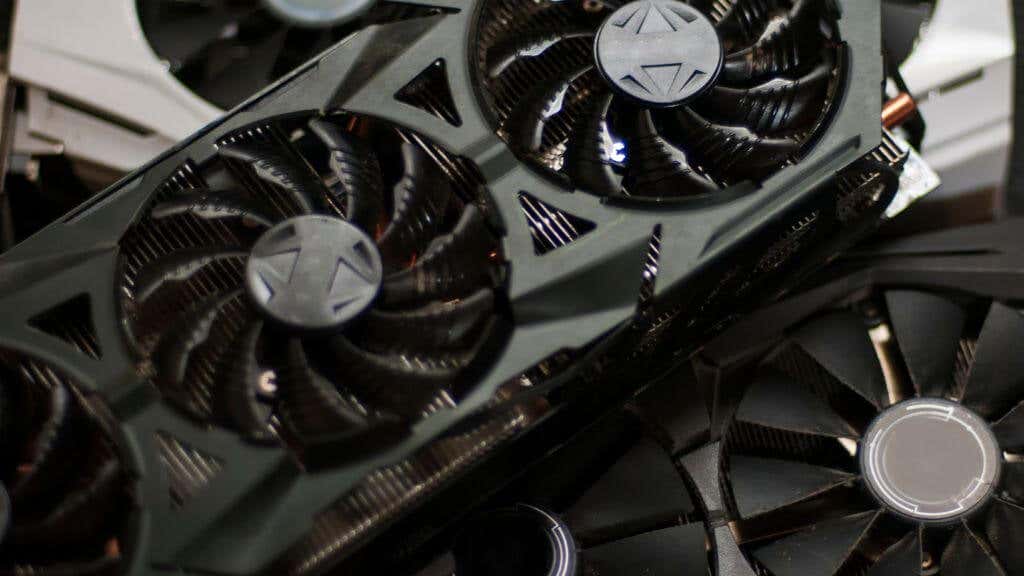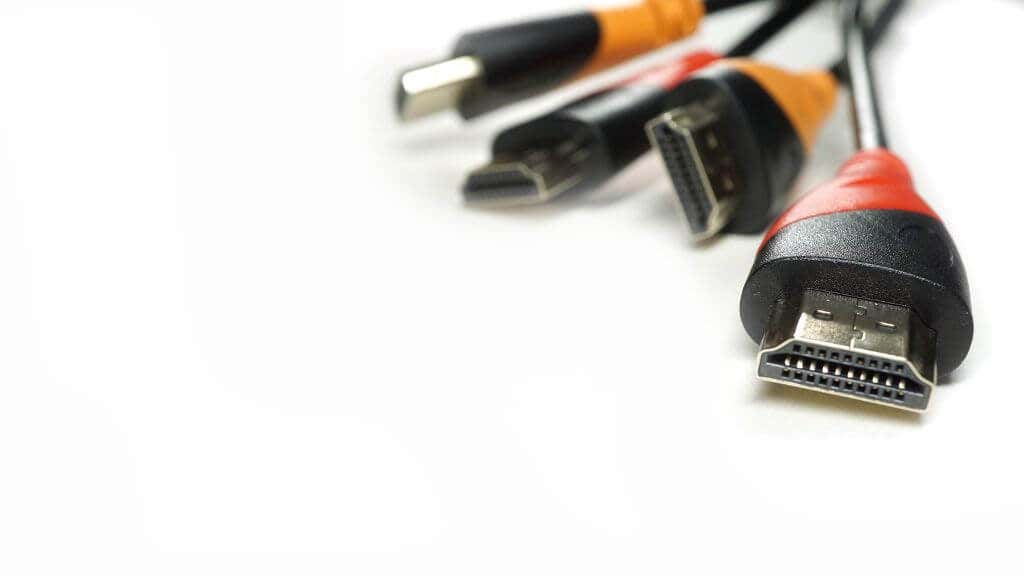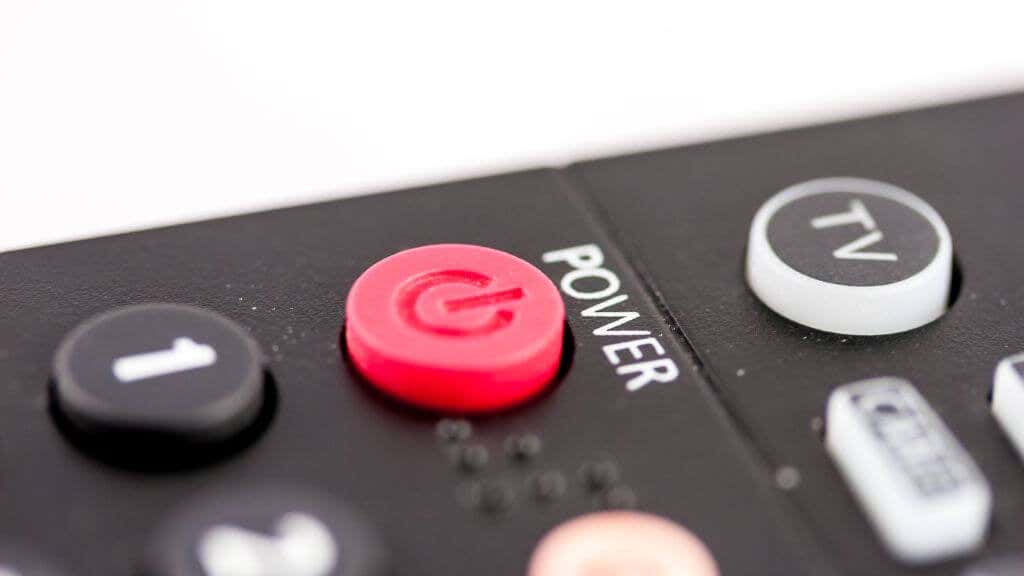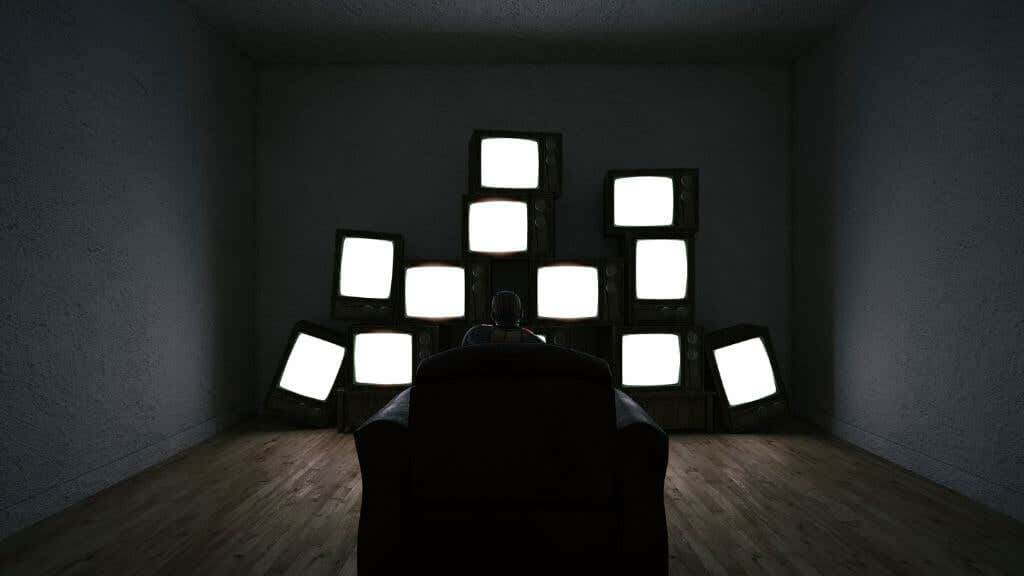There are numerous compatibility pitfalls when it comes to this specific display standard conversion, but once you know what to look out for, it’s actually easier than it looks.
1. Did You Buy the Right Cable?
A DisplayPort to HDMI cable is not bi-directional. It’s designed to work as an output device, which means it allows you to connect a DisplayPort-enabled computer to an HDMI input. Because HDMI to DisplayPort adapters tend to be cheaper than the reverse, some folks try to save a buck only to end up with something they can’t use at all!
2. Is Everything Plugged in Correctly?
If you’re having trouble getting your DisplayPort to HDMI to work, one of the first things you should check is the connections. First, make sure that your DisplayPort cable is firmly plugged into your computer and that your HDMI cable is plugged into your TV or monitor’s HDMI port. Double-check that the HDMI cable is not accidentally plugged into a USB or any other port that’s not meant for HDMI. Next, check that any adapters you’re using are securely connected to both cables and that they are the right type of adapters for your devices. Sometimes, unplugging the cables and adapters and then plugging them back in can help reset the connection and fix any loose connections.
3. Check Display Settings
Checking your display settings can be a helpful step in getting your DisplayPort to HDMI connection working properly. Your monitor or TV might have different input sources, and it’s possible that the input source is not set to the correct one. Also, the resolution and refresh rate settings might not be set correctly. Here’s how you can check your display settings: If changing your display settings doesn’t work, it may be that the target display doesn’t support the specific HDMI signal your device or adapter is outputting.
3. Update Your Drivers
Updating your drivers can be a helpful step in getting your DisplayPort to HDMI working properly. Drivers are software that helps your computer communicate with the hardware, like your graphics card and HDMI devices. Sometimes, the drivers that come with your computer or device can become outdated and can cause issues. Updating them to the latest version can fix these issues and improve the performance of your devices. Here’s how you can update your drivers: It’s also a good idea to check for updates regularly, as manufacturers often release new versions that can fix bugs and improve performance. Updating the drivers can be a bit of a hassle, but it’s worth it to make sure that your computer and devices are communicating properly.
4. Try Different Cables
Different cables have different capabilities and quality levels, even if they look similar. So, it’s possible that the cable you’re currently using is not compatible with your devices or it’s not working properly. By trying a different cable, you can determine if the issue is with the cable or with the devices. It’s also a good idea to check if the cable is long enough for your setup and if the cable is of good quality. A cable that is too long or of poor quality can cause signal degradation and affect the overall performance of the connection. Don’t forget about your power cable either, if the TV or monitor isn’t turning on at all, that’s another potential culprit.
5. Power Cycle Everything
Power cycling your equipment can be a helpful step in getting your DisplayPort to HDMI connection working properly. Power cycling means turning off your computer, monitor, or TV, unplugging them from the power source for a few seconds, then plugging them back in and turning them back on. This can help to reset the connection and fix any temporary glitches that might have caused the problem. It’s a simple step, but it can solve many problems, and it’s worth a try before moving on to more complicated troubleshooting steps. Simply press your device’s power button or use its on-screen menus to restart it.
6. Check For Firmware Updates
Sometimes, checking for firmware updates can be a helpful step in getting your DisplayPort to HDMI connection working properly. Firmware is the software that controls the basic functions of your devices, like your computer, monitor, or TV. Manufacturers often release updates to fix bugs and improve the performance of the devices. If you have a smart TV, you can usually check for firmware updates right from the TV’s menus using your internet connection. If you can’t, you’ll have to download it manually using a computer and then install it using a USB flash drive. Here’s how you can check for firmware updates: It’s also a good idea to check for updates regularly, as manufacturers often release new versions that can fix bugs and improve performance.
7. Try a Different Monitor or TV
Trying a different monitor or TV can be a helpful step in getting your DisplayPort to HDMI connection working properly. It’s possible that the issue might be with your current monitor or TV and not with your computer. By trying a different monitor or TV, you can determine if the issue is with the device or with the cable or adapter. If the connection works on the new monitor or TV, the issue is most likely with your current monitor or TV. If the connection still doesn’t work, the issue might be with your computer or the cable/adapter.
8. Remove Any Passthrough Devices
Removing any HDMI passthrough devices can be a helpful step in getting your DisplayPort to HDMI connection working properly. An HDMI passthrough device is a device that connects to your computer or monitor and allows you to connect other HDMI devices to it, such as an HDMI splitter, an HDMI switch, or an HDMI capture card. These devices can sometimes cause conflicts and interrupt the connection.
9. You’re Using USB DisplayPort On an Incompatible Port
Not all USB-C ports are created equal. Some USB-C ports only support power and data transfer, while others also support video output. The USB-C port on your computer may not support video output, which is why you cannot get the DisplayPort signal to your monitor or TV. You can check your computer’s documentation or the manufacturer’s website to see if the USB-C port on your computer supports video output. If it doesn’t, you’ll need to use a different port or adapter to convert the USB-C signal to DisplayPort. So, if you’re using a USB-C to DisplayPort cable, and it’s not working, it could be because your computer’s USB-C port doesn’t support video output. You’ll need to use a different port or an adapter that can convert the USB-C signal to DisplayPort. Thunderbolt 3 is a technology that uses the USB-C connector and supports various protocols, including DisplayPort. All Thunderbolt 3 ports support DisplayPort video output and other protocols such as HDMI and DVI via adapters. Thunderbolt 3 ports have more capabilities compared to the standard USB-C ports in terms of data transfer speed, power delivery, and video output. This means that you can use Thunderbolt 3 ports to connect to external displays, even 4k and 5k displays, and enjoy high-resolution video and audio. It is important to note that not all USB-C ports support Thunderbolt 3, even if they physically look the same. To ensure that your computer’s USB-C port supports Thunderbolt 3, you can check the documentation or the manufacturer’s website for more information.
